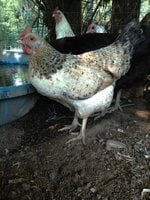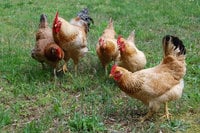General Information
The Euskal Oiloa - Marraduna Basque is the traditional chicken of the Basque rural economy. Selective breeding of the Euskal Oiloa was begun in 1975 as part of the conservation programme for indigenous chicken breeds of the Instituto Nacional de Investigación y Tecnología Agraria y Alimentaria, the national public agrarian research institute. The decision to seek official breed status for these birds was taken at that time. The breed standard of the Euskal Oiloa was officially approved on 15 March 2001. It is included in the official list of indigenous Spanish breeds in the royal decree of 26 December 2008, which established the national livestock breed conservation programme, where it is listed among the indigenous breeds at risk of extinction. At the end of 2013 a population of 10,872 birds was reported, all from the País Vasco.
The Euskal Oiloa is a medium-heavy breed: cocks weigh about 3.6 kg, hens about 2.5 kg. The comb is single, with five to seven well-defined points. The comb, face, wattles and earlobes are red; the earlobes are narrow and pointed. The beak is curved in the cock, less so in the hen. The legs, feet and skin are yellow.
Five colour varieties are recognized: Beltza (black), Gorria (red), Lepasoila (naked-necked, red-brown), Marraduna (golden cuckoo) and Zilarra (black-tailed white). The Lepasoila, like other naked-necked chickens, has red skin on the neck.
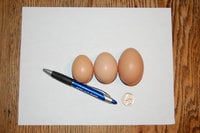
Euskal Oiloa - Marraduna Basque eggs
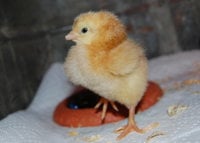
Euskal Oiloa - Marraduna Basque chick
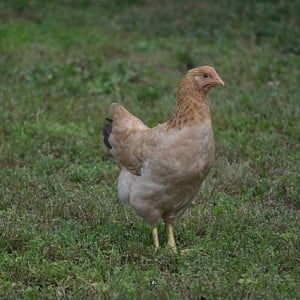
Euskal Oiloa - Marraduna Basque hen
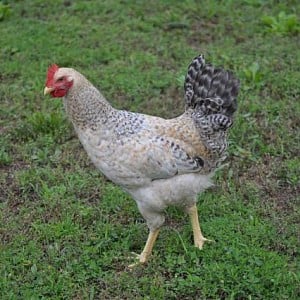
Euskal Oiloa - Marraduna Basque rooster
For more information on this breed and their owners' and breeders' experiences with them, see our breed discussion here: https://www.backyardchickens.com/threads/chicken-breed-focus-euskal-oiloa-marraduna-basque.1160391/

